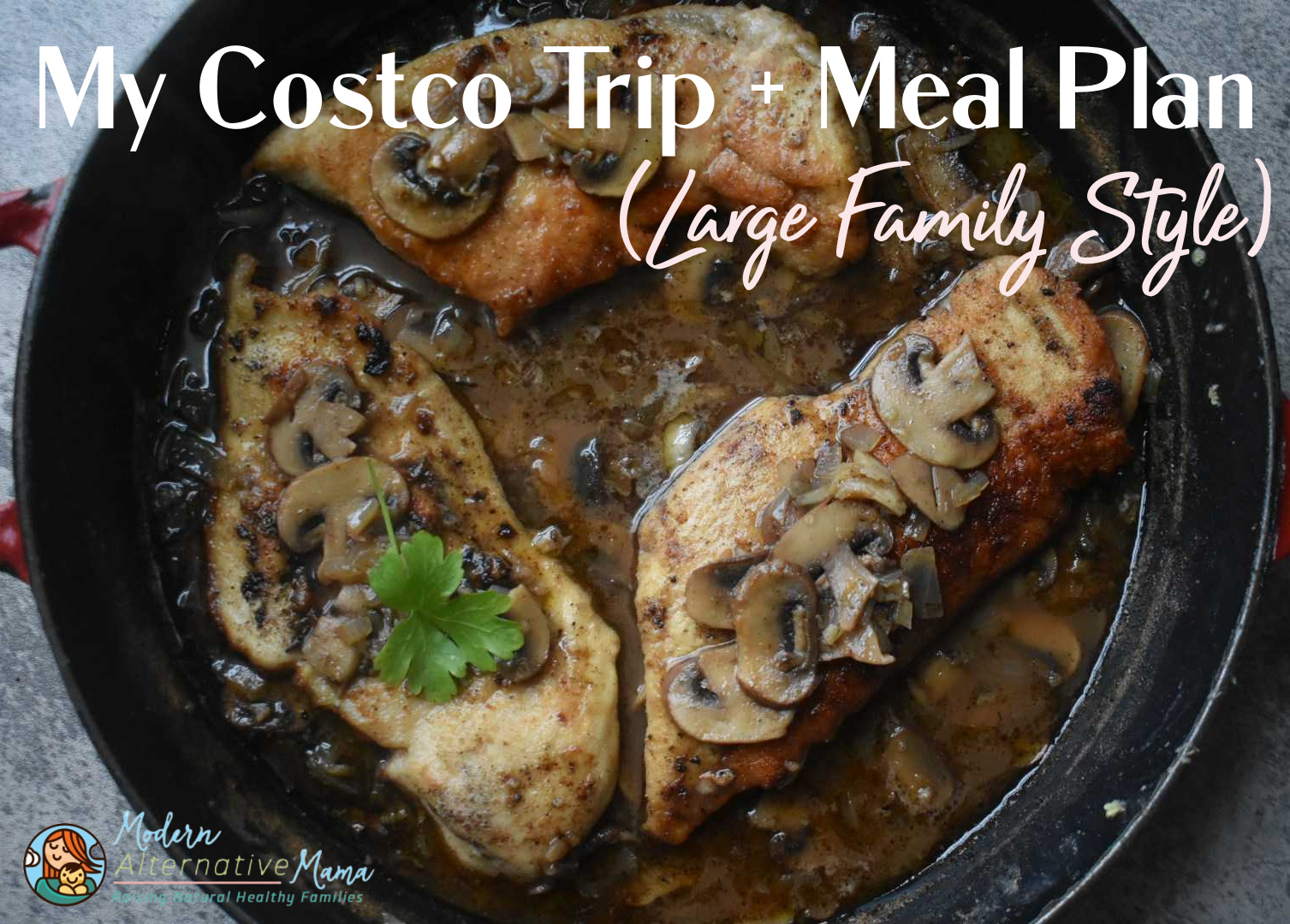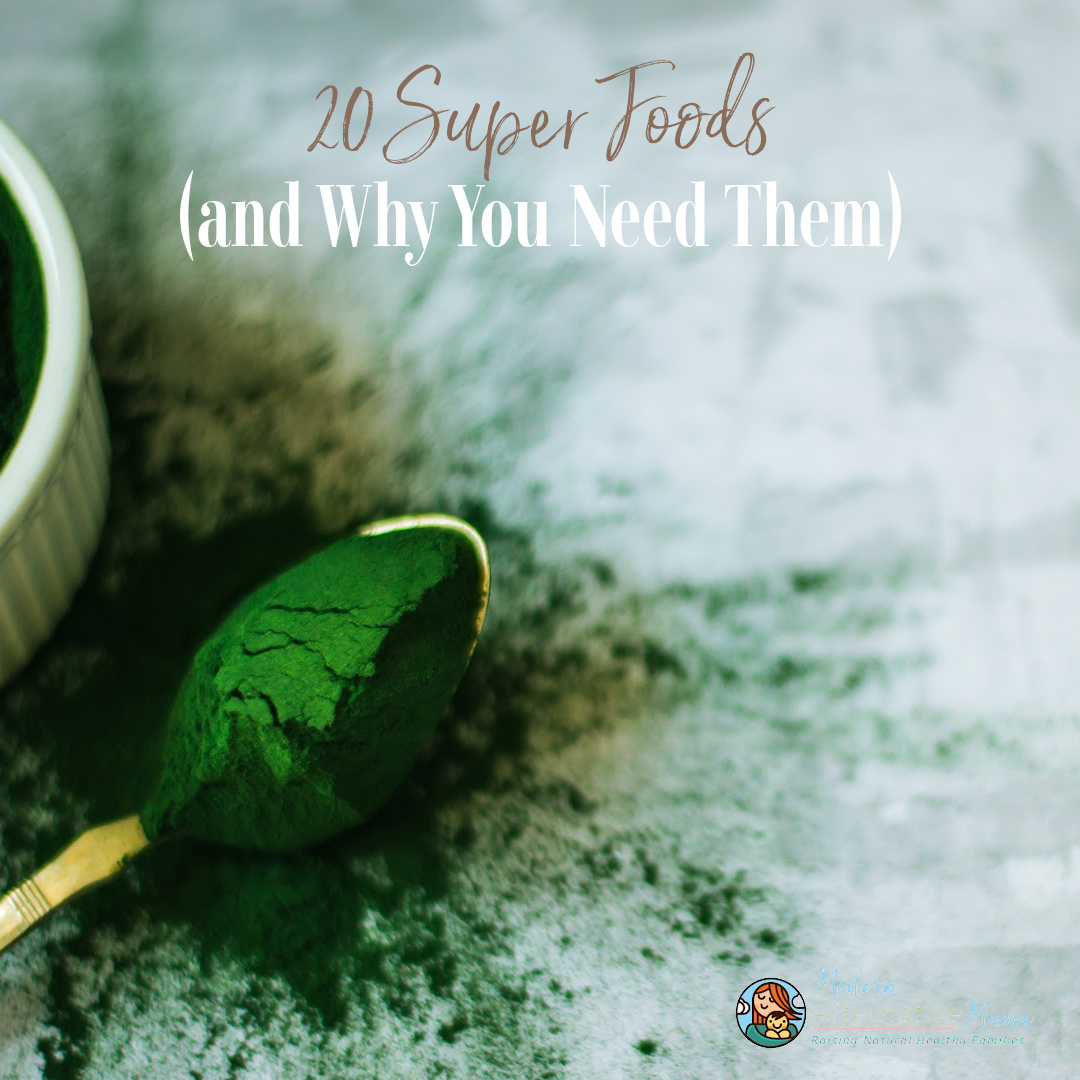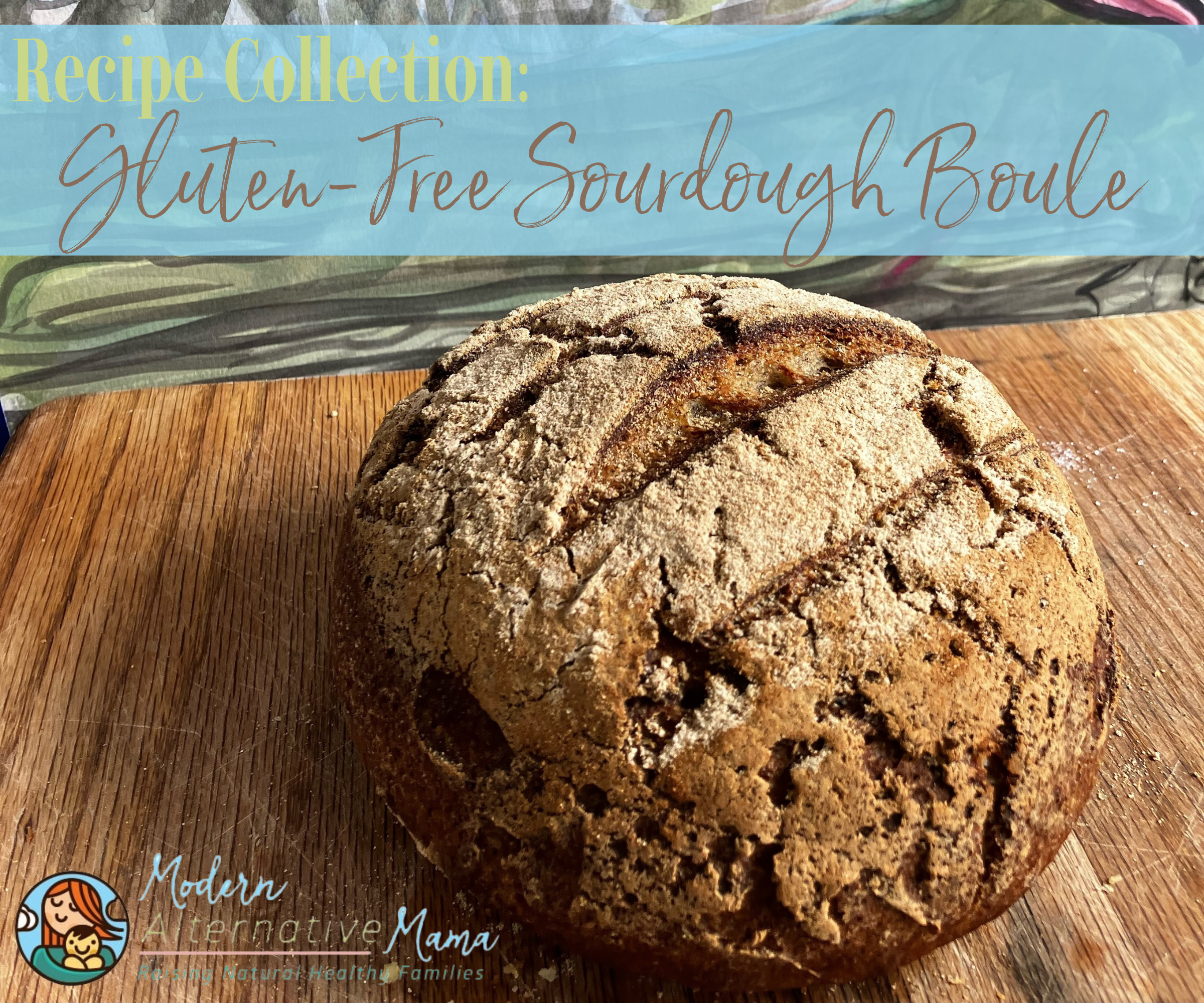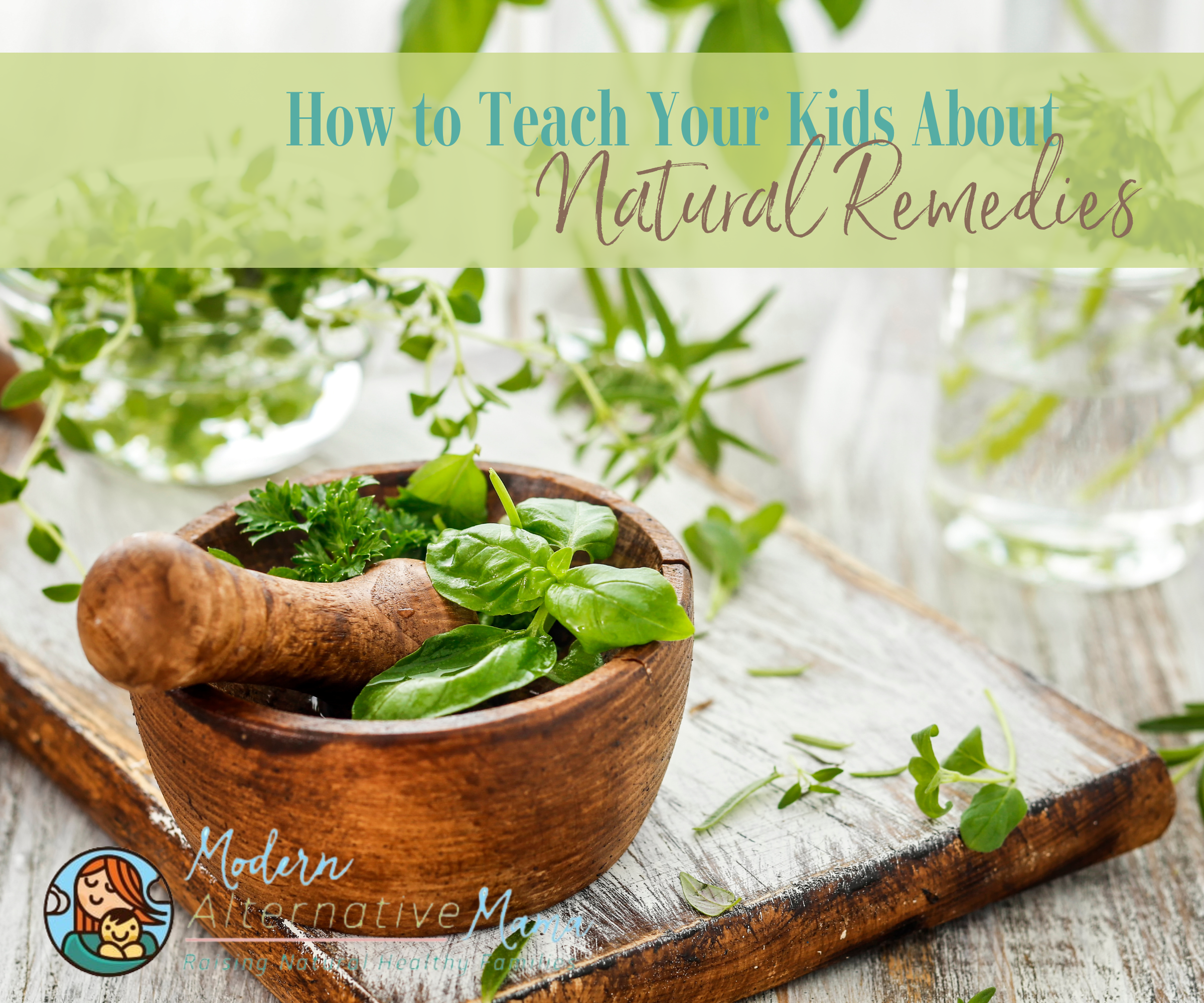Chocolate-most feel like they can’t live without it!
Is it good or bad? There’s quite some controversy surrounding this topic. Some say chocolate is good because it contains antioxidants, flavonols, and other beneficial properties. Others say it’s terrible because of its caffeine content and other constituents.
What is Chocolate?
Globally, over 4.5 million tons of cocoa beans are consumed annually (1)-no wonder this is such a hot topic! Chocolate is prepared from the fruit of the Theobroma cacao, a tropical tree meaning “food of the gods” in Greek (2). Theobroma cacao trees are native to the Amazon and Orinoco river basins in South America. With the growing popularity of chocolate, established plantations have expanded to other regions, such as West Africa and South and Southeast Asia. Today, Ghana, Côte d’Ivoire, Nigeria, Indonesia, and Brazil account for 79 percent of the world’s production (3).
Dark, milk and white chocolate are three leading varieties of chocolate.
Dark Chocolate
Dark chocolate will be the primary focus of this piece. Dark chocolate contains 50-90% cocoa solids, cocoa butter, and sugar (4). There are two types of dark chocolate; both are made as “eating chocolate” and formed into candy. First up, conventional chocolates have a relatively low percentage of cacao (they usually don’t list how much on the label). Non-organic and non-fair-trade varieties fit here, too, which are often processed with solvents and at high temperatures. Some even contain milk derivatives.
For the first type, there are a lot of steps in the development process: crushing, mashing, heating, and more. Unfortunately, this processing decreases nutrients (5) and increases lead and cadmium levels (6). Often, soy or sunflower lecithin is added (likely genetically modified) for emulsification purposes, and the cocoa powder is treated with alkaline.
Typically, emulsifiers are added to reduce the chocolate-making process. Chocolate needs to be conched or stirred continuously for days to emulsify and take on a smooth texture properly. They can skip that process if they add a synthetic emulsifier like soy or sunflower lecithin. It’s cheaper, but it’s also an unhealthy additive.
For these reasons, the first type of chocolate is probably best avoided.
The second type is organic, fair-trade, high cacao percentage (70% or higher). I recommend this, and you’ll learn why in this piece’s Does Chocolate Really Have Health Benefits section.
Milk Chocolate
Milk chocolate contains anywhere from 10-50% cocoa solids, cocoa butter, milk in some form, and sugar (4). Milk chocolate is formulated by substituting whole milk solids for a fragment of the chocolate liquor used in the production of sweet chocolate. Typically, milk chocolate contains at least 10 percent chocolate liquor and 12 percent whole milk solids (7). Milk chocolate is not associated with health benefits since it’s such a minuscule amount of cocoa and ridiculous amounts of added sugar (8).
White Chocolate
Like milk chocolate, white chocolate doesn’t have an association with health benefits (some people don’t even consider it real chocolate). Unlike dark or milk chocolate, white chocolate doesn’t contain cocoa solids, the element of the cacao fruit that provides other chocolate varieties with its signature brown color (9). White chocolate is made with cocoa butter, sugar, and milk, making it high in saturated fat (10).
Chocolate Gaslighting
Likely, we can all agree that mainstream chocolate isn’t what you should be grabbing for due to loads of sugar and additives. Hopefully, no one will argue that eating a Hershey bar is good for you. Actually, come to think of it, some dieticians have gained momentum for claiming more ridiculous things, like that a donut is better for you than a potato. Or my ultimate favorite-MSGs are good for you. I call this gaslighting.
An article published in 2021, 8 Healthy (and Delicious) Chocolate Bars That Dietitians Eat, is a prime example of gaslighting. This article features eight dark chocolate bars, some with concerning ingredients, yet is worded as if dieticians recommend them. In the article, they mention:
Endorfin Foods Turkish Coffee 60 Percent Cacao Chocolate Bar
Organic fair-trade cacao, organic fair-trade coconut sugar, organic fair-trade caramelized coconut, organic fair-trade cacao butter, organic fair-trade coffee, and organic cardamom.
My Overall Rating: 9/10 great ingredients, everything is organic, all but one ingredient is fair trade, and they’re using coconut sugar instead of regular sugar.
Theo Chocolate Organic Dark Chocolate 85 Percent
Organic fair-trade cocoa beans, organic fair-trade cane sugar, organic fair-trade cocoa butter, and organic fair-trade ground vanilla bean.
My Overall Rating: 8/10 ingredients are great; everything is organic and fair trade. I wish they didn’t use cane sugar, but at least it’s organic.
Hu Salty Dark Chocolate Bar
Organic fair-trade cacao, unrefined organic coconut sugar, organic fair-trade cocoa butter, and sea salt.
My Overall Rating: 7/10 ingredients are decent. I wish more of the ingredients were fair trade, but it is still a much cleaner alternative compared to other choices on this list.
Alter Eco Dark Salted Brown Butter Organic Chocolate Bar 70 Percent
Organic cacao beans, organic fair-trade raw cane sugar, organic fair-trade cocoa butter, organic fair-trade butterfat, sea salt (fleur de sel), and natural flavor.
My Overall Rating: 5/10 ingredients are okay, but it contains milk in the butterfat. Additionally, natural flavors are an instant red flag on any food label for me. I’d like to note that this is not the case for the entire Alter Eco brand; their Classic Black Out bar has remarkable ingredients that I’d rate a 9/10.
Ghirardelli Intense Dark Twilight Delight 72 Percent Cacao Chocolate Squares
Unsweetened chocolate, cane sugar, cocoa butter, vanilla extract, and soy lecithin.
My Overall Rating: 3/10; there are no organic or fair-trade ingredients. They’re using cane sugar, and as someone with a soy allergy, it’s an absolute no! But still better than the next one.
Divine Chocolate 85 Percent Dark Chocolate Bar
Cocoa mass, cocoa butter, sugar, cocoa powder, sunflower lecithin (emulsifier), vanilla.
My Overall Rating: 2/10 ingredients are terrible. They’re using plain old, gut-altering processed sugar. Additionally, sunflower lecithin is entirely unnecessary and unhealthy in chocolate.
Beyond Good Toasted Coconut Dark Chocolate 70 Percent Cocoa
Organic cocoa beans, organic cane sugar, organic cocoa butter, organic sunflower lecithin (emulsifier), toasted coconut, natural coconut flavoring, and vanilla extract.
My Overall Rating: 5/10; about half of the ingredients are organic. They name their natural flavor, making it less of a red flag, but they’re still using sunflower lecithin as an emulsifier.
Chocolove Almonds and Sea Salt in Strong 70 Percent Dark Chocolate
Dark chocolate (cocoa liquor, sugar, cocoa butter, soy lecithin, vanilla), almonds, and sea salt.
My Overall Rating: 1/10 ingredients are terrible. They’re using plain old, gut-altering processed sugar. Additionally, it’s an absolute no for someone with a soy allergy!
Does Chocolate Really Have Health Benefits?
Almost all chocolate contains cocoa. Cocoa is a pure unsweetened powder that extracts much of the cocoa butter from the chocolate mass but is often Dutch-processed. Dutch-processed cocoa powder starts with cocoa beans washed in an alkaline potassium carbonate solution (11).
Oddly enough, according to the Safety Data Sheet for potassium carbonate, including food grade potassium carbonate, “Ingestion of this material may cause oral, esophageal, glottis redness, irritation, ulceration, edema, and stomach and intestinal irritation and burns. Ingesting large quantities may cause ulceration, vomiting, shock, and death. Repeated or prolonged contact may result in dermatitis (12).”
On the contrary, natural cocoa that hasn’t been Dutch-processed has many medical benefits, including:
- Rich in polyphenols, providing health benefits like reduced inflammation, better blood flow, lower blood pressure, and improved cholesterol and blood sugar levels (13).
- May reduce high blood pressure by enhancing nitric oxide levels (14).
- May lower your heart attack or stroke risk (15, 16).
- May improve mood and symptoms of depression by various means (17)
- Its flavanols may improve symptoms of type 2 diabetes while also potentially aiding in weight control (18, 19).
- May have cancer-protective properties (20).
Cacao also contains theobromine and theophylline, which have caffeine-like effects. It also affects the nervous system and functions as a diuretic. Contrarily cocoa beans contain low variable amounts of caffeine (0.06–0.4%), a well‐known psychostimulant. The higher percentage of cocoa solids, the higher the caffeine content. Unlike caffeine, theobromine (also present in cocoa beans) has only a mild stimulatory effect on the central nervous system (21). These contents can reduce coughing by relaxing smooth muscles, decreasing inflammation, and relaxing your airways, all important in treating asthma (22,23,24).
Cacao also has more antioxidants per ounce than almost any other food on the market. One hundred grams of raw cacao powder has an ORAC score of 95,500 (antioxidant rating). Followed by raw cacao nibs with a score of 62,100 and roasted cocoa powder, 26,000 (25).
Of course, like everything, there are also risks. For some people, sometimes, depending on the quality, chocolate may induce:
- Hypersensitivity occurring due to the caffeine-like effect. Some people may be more sensitive to these effects due to a food allergy or sensitivity (26).
- Migraines may be triggered in some people due to cocoa’s tyramine, histamine, and phenylalanine content (27). I’ve heard this many times as someone who has had chronic migraines since my teenage years. Personally, a few pieces of dark chocolate can usually avert my migraines.
- Kidney stones. Cacao contains oxalic acid, which is known to block the absorption of calcium and magnesium by binding with them and being excreted in the urine as oxalates (28). Sugar combined with chocolate worsens the issue (and even 90% cacao chocolate contains 10% sugar!). Long-term consumption forms calcium-oxalate, which turns into kidney stones! While chocolate probably does not contain enough to be detrimental as an occasional treat, it’s something to think about.
But what about authentic, quality dark chocolate?
Why Quality Matters
For starters, Consumer Labs found most cocoa powders have high concentrations of cadmium, around 1 to 1.5 mcg per gram (29)-which is much higher than the World Health Organization limit of 0.3 mcg per gram.
So how do we know what to look for? Here’s a simple guide:
Avoid:
- Sugar as the first ingredient. Also, look at the types of sugar being used.
- Worst: sugar
- Better: organic cane sugar
- Best: coconut sugar
- Lecithin is used as an emulsifier and isn’t necessary. Especially avoid sunflower and soy lecithin.
- Milk shouldn’t be needed in authentic dark chocolate. Milk may be listed plainly or as butterfat.
- Flavorings should always be a red flag on food labels. Flavoring can be derived from just about anything from plant materials, meat, or dairy products (30).
- Avoid alkalized or Dutch-processed chocolate.
Look For:
- 70% or higher cacao content. If the percentage is not listed, skip it. Also, be sure cacao is the first ingredient.
- Organic and fair-trade. These ensure they’re cleaner, healthier options with less potential for unnecessary additives.
Looking for a fast, easy way to add quality chocolate to your diet? Try Earthley’s Cocoa Calm, which combines all-natural, antioxidant-rich cocoa powder with three key adaptogens (ashwagandha root, schisandra berry, and eleuthero root). The result is a cocoa powder that tastes just like chocolate, without added sugars. Cocoa Calm helps you feel calmer and more able to deal with everyday stresses!
Fun ways to use Earthley’s Cocoa Calm:
- Get a piece of toast or a rice cake and add natural peanut butter. Sprinkle Cocoa Calm on top with a drizzle of raw honey.
- Use as an ingredient in homemade hot cocoa.
- Add to your favorite smoothies.
- Add to your morning coffee.
- Add to plain or vanilla Greek yogurt.
- Use as an oatmeal mix-in.
- Add to homemade dessert recipes like Chocolate Fudge Sauce or Chocolate Cake.
You can find several nutritious recipes in Earthley’s free Nourished Living Cookbook.
Final thought: Those who already have calcium deficiencies, kidney stones, hypersensitivity to caffeine or theobromine, etc., should probably avoid or limit chocolate. But for most people, this is a great option to add some tasty nutrients to your diet.








I most definitely eat chocolate. I keep a bag of Hershey Kisses so I can sneak one or two after dinner when I'm craving something sweet. My husband eats the 90% dark chocolate and when I tried it I literally could not swallow it, lol. Blech. I am under no illusion that milk chocolate Hershey bars are at all good for me, but I don't think a little bit will hurt, either. 🙂
This post makes me wonder what you DO eat. 😉 If raw, unprocessed cacao is so bad for you (because of the *naturally* occurring chemicals?) then my goodness, what is safe? I'm all for healthy eating, especially staying away from highly processed foods, but this post really seems to take the principle too far.
Have you heard of/researched Cold-pressed chocolate? http://cocoeffects.com/ My brother-in-law sells this-his daughter(our niece) was diagnosed last year with PKD(Polycystic Kidney Disease) and cannot have caffeine, this chocolate is never cooked so it does not contain any caffeine and retains 100% of it's anti-oxidand and nutritional value. It helps with inflammation-and has helped considerably with her pain. Also, when I googled for some information myself I came across another great use-http://www.revolutionhealth.com/stories/stories/show/837f53fa5c6e466a814ce3d8871c05af Haven't really researched heavily on the issue myself, but thought it could be something of interest to you if you'd like to look into it!
I appreciate your article. Finally somone had the nerve to say something:) I am very sensitive to any food that is basically toxic and chocolate is most assuredly one of them. My husband is a kinesiologist and chocolate always shows up toxic on people.
I used to want to be a nutritionist but after 10 years of working in a health clinic I became too discouraged because most people don't want to know the truth. They want to do what they want, when they want.
Thanks for what you do, your articles are refreshing!
I don't think I could ever do away with chocolate in my life. Good or bad I guess it's best not to be extreme with it like a lot of other things. I do like the very pure chocolate, and usually will only need one square. We also use carob in our cooking and we do like it but in a very different way. It just doesn't replace a chocolate fix. We avoid processed foods in our home, but don't feel like a few here and there are going to drastically affect us.
Amber,
No, I've never heard of that type of chocolate. But I do think chocolate has some definite medicinal uses. I just don't think we should literally eat "like candy" as we do!
Emily,
Not ALL things natural are beneficial to us. Chocolate is one of those foods that have always kind of been on the fence, like alcohol, tea (to some, although I drink it!), etc. Anything that contains caffeine or any other type of "drug." Certainly I still eat plenty — meat, eggs, dairy, vegetables, fruits, grains! I just think that foods that DO contain potent natural chemicals would be best minimized.
I love chocolate but my body does not. I started eating more raw foods and came across cacao, and made some yummy treats out of it. My body went out of wack within a week and I ended up with severe adrenal fatigue, which took a few months to recover from. I still notice a difference in my mood when I eat processed chocolate, but I do have it once in awhile, because I crave it. Some people call cacao "crackao", and I agree, it is like a drug. The bad outweighs the good in it, for me. A good alternative is carob powder, not as bitter as cacao and is good and good for you.
Great post! I am a chocolate lover and it is one thing that I can not give up completely. However, I do eat it in moderation and only eat the highest quality, darkest chocolate I can find. I love that my local health food store sells dark cocoa powder in bulk for a very reasonable price. It's great to make my own chocolate candies. Only in moderation though! 🙂
Chocolate is good!
Hi Kate – I do love chocolate very much, but I have found that since I started eating real foods, I crave it less, or if I do eat it, I can get away with eating much, much less than I used to. I do keep chocolate around most all the time, but it's always the organic, fair-trade variety with about 5 ingredients in it. No GMO, no awful chemicals or sweeteners in it. We end up going through a normal-sized bar maybe every two weeks or so.
Last year I was actually selling a product called Xocai chocolate – something that is a raw, cold-pressed chocolate. The health claims made about this product are fairly large – that its ORAC value is higher than just about any food you could eat, and of course, it is compounded in the chocolate to contain a higher amount that it would in nature – and it also contains the acai berry. I had a hard time selling this chocolate because it was so expensive and many people simply couldn't afford it (yeah, $130 a month), and neither could I. And while it does taste good and I'm sure it has *some* health benefit to it…I'm not convinced that it's a health food that actually cures various diseases like Diabetes, tooth problems, etc. I mean, good grief, it does contain sugar (albeit evaporated cane juice), but I just don't see how that could make those health issues *better*. I think real food goes a long way toward that, and more than something like chocolate. This product is actually billed as not being a candy, but like a vegetable! I also believe what Rami Nagel says about chocolate – that it contains nutrient inhibitors like phytic acid and can actually prevent our bodies from absorbing nutrients. So I continue to love chocolate, but eat the best I can find, and sparingly. 🙂
Oy – I am a chocoholic 🙁 I eat organic semi-sweet morsels out of the bag. We've joked (but I guess it's really no joking matter) about me getting an IV drip! I really would love to decrease the amount I eat (which is waaaay too much – daily) but kicking the habit has proved very difficult. I've always been thankful I never started smoking or got too far over into drinking because I have some idea of what addiction is about with this. I've made so many other positive changes that I hope I'm mitigating at least some of the negative effects and I keep hoping I reach that magical point (like some others have suggested) that it just won't have as strong a hold on me. Any suggestions for specific foods that help?? Or am I just gonna have to do it the old fashioned way and go cold turkey??
I don't think you have to go cold turkey. I agree with a previous poster, as you move more whole good foods into your diet/life you will start seeing a craving for less chocolate. You might relate to this though. Today, enroute to another city an hour away, I stopped at the usual place to pick up our raw milk. They were out. We did buy two raw milk cream though. In disappointment over the milk, I walked into another store a bought two Dr. Pepper Dublins, and some homemade honeycomb candy. I ended up getting about 1 ounce of the soda, and I'm fine with it.
After an hour drive realized that I left the honeycomb candy behind. I really thought I'd freak since I don't get anything like this often, but you know, I didn't. A year ago I would have. So, I've progressed and today proves it.
I may have to eat a whole wheat carob chip muffin which is stashed in the freezer for emergencies.